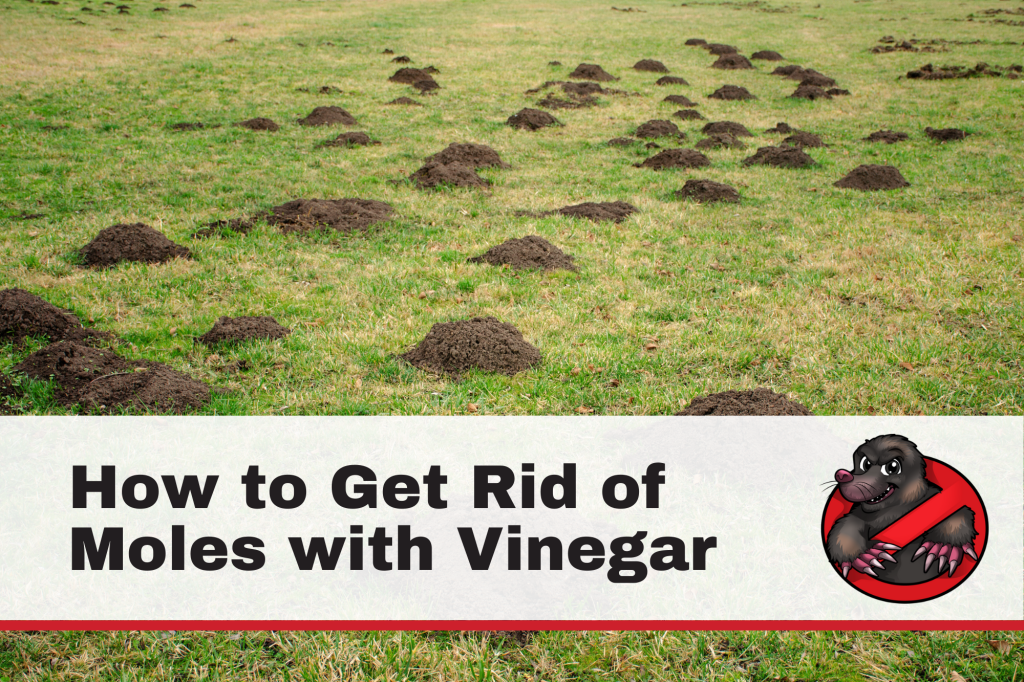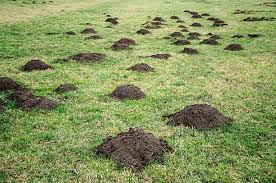
How to Get Rid of Ground Moles with Vinegar: Does It Really Work?
If you’re dealing with ground moles tearing up your yard, you’re not alone. These small, burrowing mammals can cause significant damage to lawns, gardens, and landscaping. While there are many methods to get rid of moles, from traps to chemical repellents, some homeowners prefer a more natural approach. One such method involves using vinegar—a household staple that’s known for its strong scent and versatility.
The Reality: Does Vinegar Work Against Ground Moles?
While vinegar is often suggested as a natural repellent, its effectiveness in dealing with ground moles is limited. Moles rely heavily on their sense of smell and touch to navigate their underground tunnels, so the strong odor of vinegar might deter them temporarily. However, vinegar alone often isn’t enough to drive moles away for good. Factors like soil type, weather conditions, and the extent of the infestation can all influence how effective vinegar might be—and in many cases, moles return or simply dig new tunnels to avoid the treated areas.
Step-by-Step Guide to Using Vinegar for Garden Mole Control
1. Identify Mole Tunnels: Before applying vinegar, locate the active mole tunnels. Moles create two types of tunnels: surface tunnels, which are visible as raised ridges on your lawn known as “mole holes,” “hills,” or “mounds,” and deep tunnels, which are more challenging to detect. Look for fresh dirt piles and soft spots in your yard, as these indicate recent mole activity.
2. Prepare the Vinegar Solution: While pure vinegar can be used, diluting it with water ensures easier application. Mix equal parts vinegar and water in a spray bottle or watering can. You can experiment with distilled white or apple cider vinegar.
3. Apply the Solution: Pour or spray the vinegar solution directly into the mole tunnels. Focus on the entrances and exits, as well as any areas with noticeable mole activity. The goal is to saturate the earth with the vinegar mixture, so the strong odor permeates the underground tunnel network. However, be cautious when applying in and around your garden, as vinegar can harm plants.
4. Repeat the Process: For the best results, apply the vinegar solution daily or every other day for a week. Moles are persistent, and it may take several applications before they decide to relocate—if they do at all.
5. Monitor Your Yard: Keep an eye on your yard for new mole activity. If you notice new tunnels or mounds, it may be necessary to reapply the vinegar solution or consider additional methods for mole control.
Why Professional Mole Pest Control Is Often the Best Solution
While vinegar is a natural option, its effectiveness is inconsistent. Moles are resilient, and if vinegar fails, it may lead to frustration and continued lawn damage. Professional mole control services, like those offered by Got Moles?, provide a reliable and effective solution. We use proven methods to ensure that moles are removed safely and efficiently, protecting your yard from further damage.
Using vinegar to repel moles can be a simple and natural method, but it’s not always the most effective. If you’re struggling with a persistent mole problem, especially in Western Washington, it’s wise to seek professional help. Got Moles? specializes in safe and effective mole removal, ensuring that your yard remains beautiful and mole-free. Don’t let moles ruin your lawn—reach out for expert assistance today.


